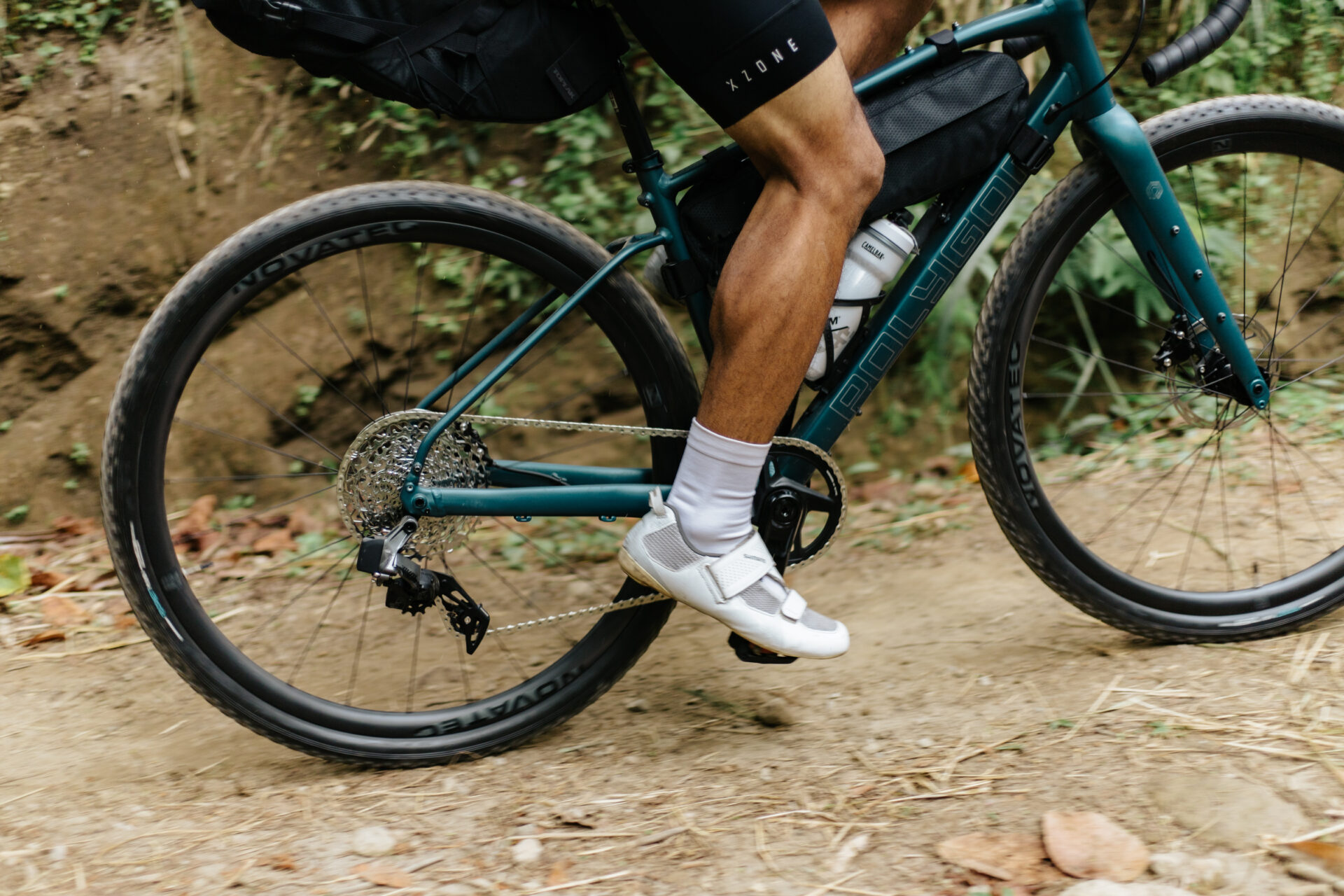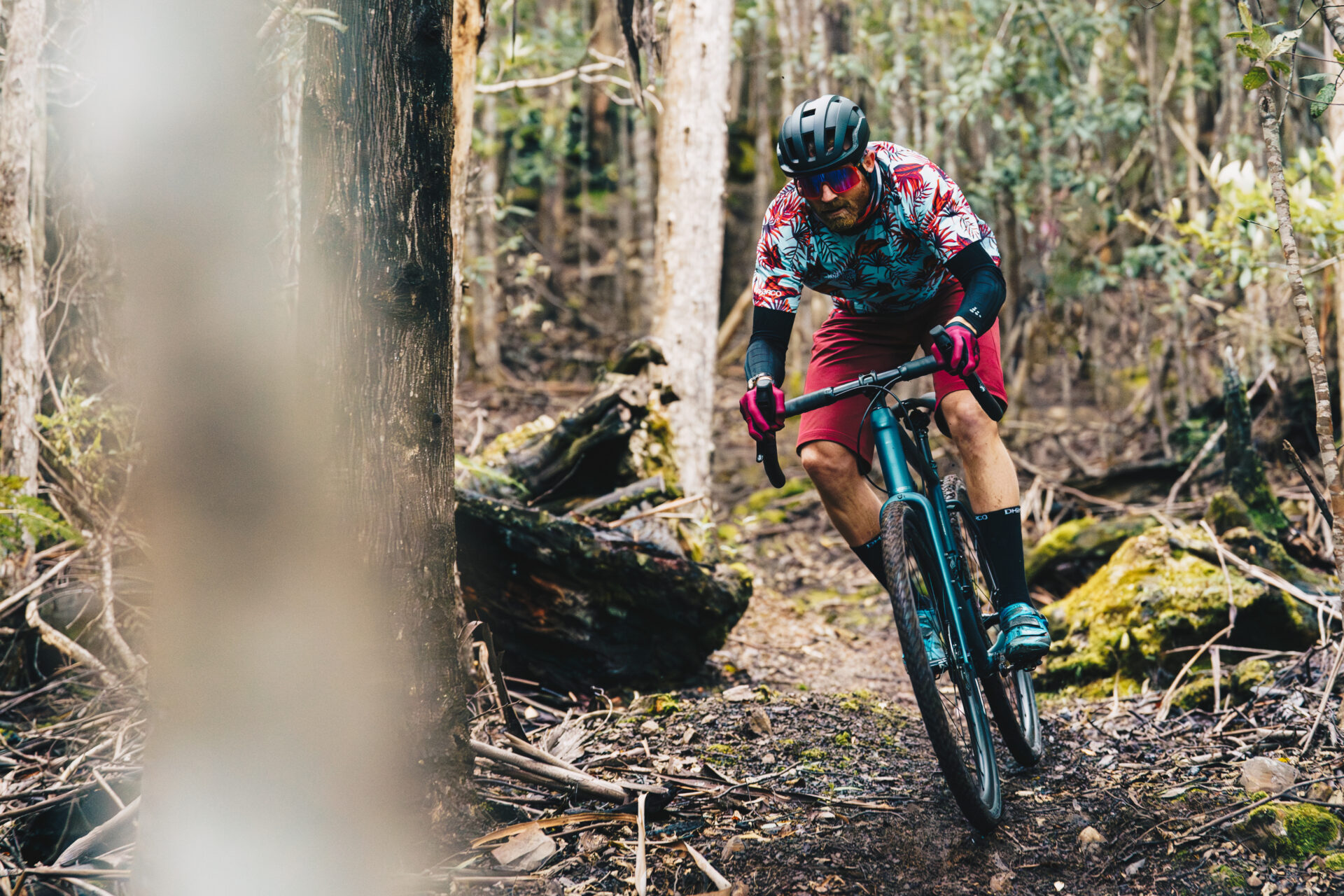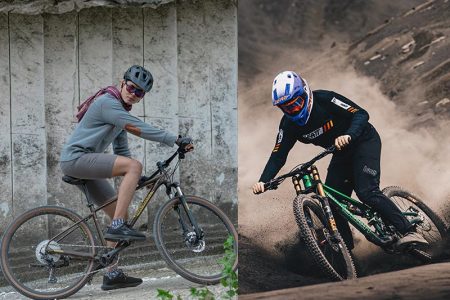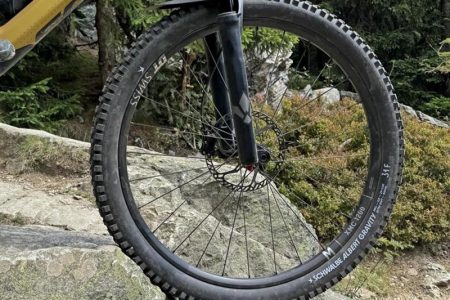Ready to explore the diverse landscapes on two wheels? Gravel touring bike offers an unparalleled sense of freedom, blending the thrill of off-road cycling with the spirit of adventure travel.
Whether you’re eyeing backcountry trails or scenic byways, this guide will help you understand what makes a gravel bike tour-ready and how to optimize your setup for unforgettable journeys.
What Exactly is a Gravel Bike Primed for Touring?

Think of a gravel touring bike as your versatile adventure companion. It masterfully combines the speed and efficiency of a road bike with the rugged capability of a mountain bike, then adds features specifically for carrying gear over long distances.
You’ll often spot them by their flared drop handlebars (usually between 6∘ and 20∘), which offer more control and comfort on uneven terrain than traditional road bike bars.
Many are also equipped with mounts for racks and fenders, essential for those multi-day bikepacking trips. Tire-wise, these gravel bikes typically feature wider profiles, similar to cross-country mountain bikes, providing better grip on loose surfaces.
You’ll find options for 700c or 650b wheel sizes, with brands like Polygon offering choices that adapt well to varied terrains, ensuring excellent traction wherever you roam.
The frames? Crafted from light yet robust materials such as carbon fiber, aluminum alloy, or sometimes steel, making them significantly lighter than classic touring bikes and ready to tackle new frontiers.
Can Your Gravel Touring Bike Handle a Cross-Country Tour?
Absolutely! But to ensure your gravel bike is truly up for the challenge of extended touring, especially with gear, let’s look at a few critical elements:
-
Frame Geometry: The Foundation of a Steady Ride
For comfortable, loaded touring, a longer wheelbase is your friend – typically in the 105-115 centimeter range. This enhances stability when you’re carrying equipment.
Similarly, extended chainstays (the frame tubes holding the rear wheel), around 41-45 centimeters, contribute to a more stable and comfortable experience on long hauls.
A slightly taller head tube (13-20 centimeters) allows for a more upright and sustainable riding posture, finding a sweet spot between aggressive race geometry and relaxed traditional touring.
These aren’t just numbers; they translate to real-world comfort and control on your adventures.
-
Gearing: Conquer Every Hill and Valley

Our landscapes can throw varied terrains at you. A wide gear range is crucial. Many gravel touring bike enthusiasts prefer a triple chainring setup at the front, offering ample options for steep climbs, fast descents, and cruising on flats.
At the back, a cassette with a broad spread, like an 11-34 or 11-36 tooth range, ensures smooth gear changes and the ability to maintain a comfortable pedaling cadence no matter the incline.
Get comfortable with your gears before you go; anticipating terrain changes is key.
-
Frame Material: Balancing Weight, Durability, and Comfort
- Aluminum Alloy: A popular all-rounder, known for its lightness, durability, and cost-effectiveness, offering a responsive ride.
- Carbon Fiber: Favored by those seeking peak performance due to its exceptional strength-to-weight ratio and vibration-damping qualities – a plus on rough gravel roads.
- Steel: Praised for its resilience and smooth ride feel, effectively absorbing bumps. It’s a robust choice for long-distance reliability, albeit a bit heavier.
- Hybrid Frames: Some bikes cleverly combine materials, like carbon and aluminum, to offer a balanced blend of benefits.
-
Mounting Points: Your Gear-Carrying Capability

Essential for any serious tour, ample mounting options on the frame allow you to attach racks, bags, water bottles, and fenders.
These mounts are crucial for distributing weight evenly with panniers or bikepacking bags, enhancing stability, and allowing you to carry all necessary supplies for multi-day explorations across the country.
Embark on Your Gravel Journey
Choosing the right gravel bike means carefully considering its geometry for stability, gearing for diverse terrains, frame material for the desired ride feel and weight, and mounting options for your gear.

For instance, the Polygon Bend Series gravel bike is often recommended because it thoughtfully integrates these elements.
Models like the Bend R9X and V9X even feature advanced systems like SRAM Rival 1 wireless shifting for exceptionally smooth gear changes.
The Bend V9X also introduces fork suspension, a game-changer for tackling more rugged off-road sections and enhancing comfort on those long-haul adventures.
So, gear up, plan your route, and get ready to experience our landscapes like never before. Happy gravel touring!
Read also












